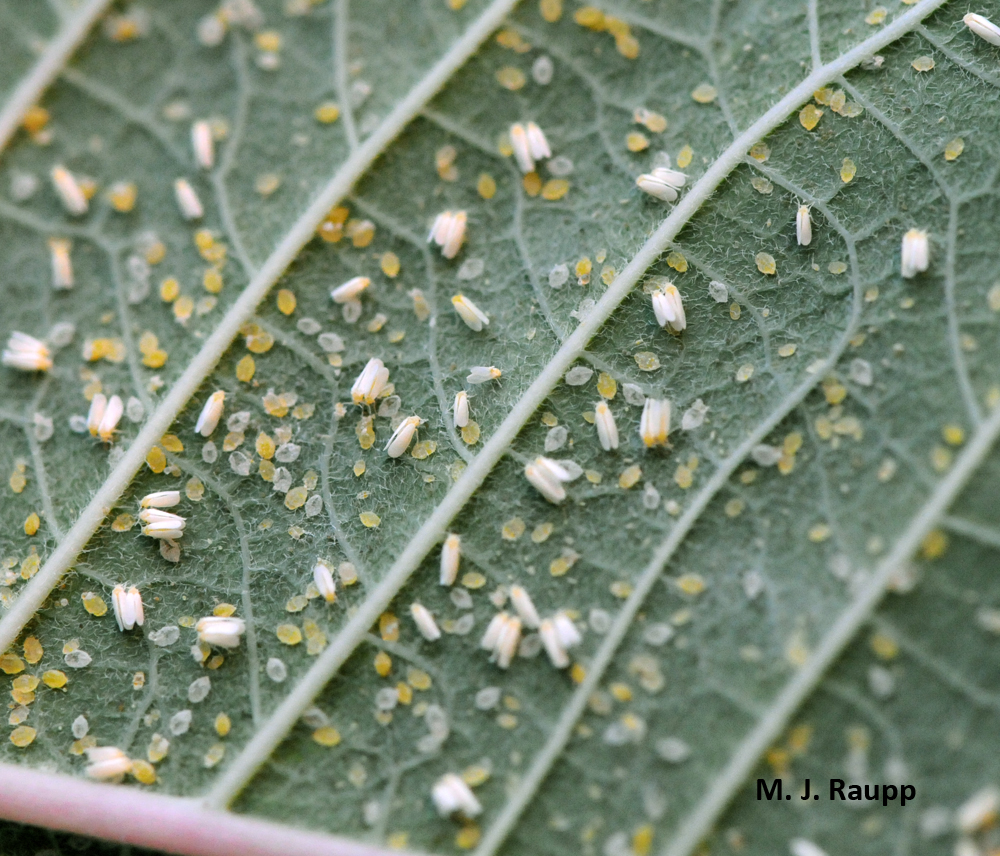Whitefly Management in Vegetables
go.ncsu.edu/readext?627980
en Español / em Português
El inglés es el idioma de control de esta página. En la medida en que haya algún conflicto entre la traducción al inglés y la traducción, el inglés prevalece.
Al hacer clic en el enlace de traducción se activa un servicio de traducción gratuito para convertir la página al español. Al igual que con cualquier traducción por Internet, la conversión no es sensible al contexto y puede que no traduzca el texto en su significado original. NC State Extension no garantiza la exactitud del texto traducido. Por favor, tenga en cuenta que algunas aplicaciones y/o servicios pueden no funcionar como se espera cuando se traducen.
Português
Inglês é o idioma de controle desta página. Na medida que haja algum conflito entre o texto original em Inglês e a tradução, o Inglês prevalece.
Ao clicar no link de tradução, um serviço gratuito de tradução será ativado para converter a página para o Português. Como em qualquer tradução pela internet, a conversão não é sensivel ao contexto e pode não ocorrer a tradução para o significado orginal. O serviço de Extensão da Carolina do Norte (NC State Extension) não garante a exatidão do texto traduzido. Por favor, observe que algumas funções ou serviços podem não funcionar como esperado após a tradução.
English
English is the controlling language of this page. To the extent there is any conflict between the English text and the translation, English controls.
Clicking on the translation link activates a free translation service to convert the page to Spanish. As with any Internet translation, the conversion is not context-sensitive and may not translate the text to its original meaning. NC State Extension does not guarantee the accuracy of the translated text. Please note that some applications and/or services may not function as expected when translated.
Collapse ▲Clint Thompson | 9/13/2019 | CAES NEWS at UGA
Researchers from three research institutions are using a $3.2 million grant from the U.S. Department of Agriculture to fight whiteflies on vegetable crops.
Scientists from the University of Georgia College of Agricultural and Environmental Sciences (CAES), Fort Valley State University and the U.S. Department of Agriculture Agricultural Research Service (USDA-ARS) in Charleston, S.C., will combine their expertise to collaborate on finding short- and long-term solutions to fight the pest.
UGA’s team plans to use an integrated approach to solve Georgia’s whitefly problem in vegetables.

“We have seen significant buildup in the last two to three weeks, mostly in the Tift County and Colquitt County region, but I have had reports of isolated problems outside of the area as well,” said UGA vegetable entomologist Stormy Sparks. “The scientists that are part of this grant are studying all aspects of whitefly biology and management to try to find weaknesses that can be exploited for management.”
Sparks is one of the researchers on the UGA team, which includes entomologists, plant pathologists, virologists, breeders and vegetable specialists.
The scientists will rely on one another’s specialties for the duration of the five-year grant.
“My role involves finding resistance to the whitefly-transmitted virus complex in snap bean germplasm, advancing breeding lines and conducting research to find the genetic basis of resistance,” said Bhabesh Dutta, a UGA Cooperative Extension plant pathologist on the Tifton campus and member of the research team. “We’ll then give that information to the breeder so that they can introgress resistance into elite varieties.”
Whiteflies are responsible for transmitting multiple viruses, including cucurbit leaf crumple virus and cucurbit yellow stunting disorder virus. According to UGA crop loss estimates for fall 2017, these viruses caused between 30% and 50% crop loss in squash and cucumbers and nearly 80% crop loss in snap beans that year.
“This project gives us an opportunity to think long term. It’s not going to be a quick fix. We’ll take baby steps to understand the system, understand the problem, and then try to solve it,” Dutta said.
UGA entomologist Babu Srinivasan will focus on studying virus transmission by whiteflies and management.
“We’re trying to look at how these viruses interact with their host, how they interact with their vectors, and how they’re transmitted,” said Srinivasan, who’s based on the UGA Griffin campus. “Once we understand that, it will help us get closer to management.”


